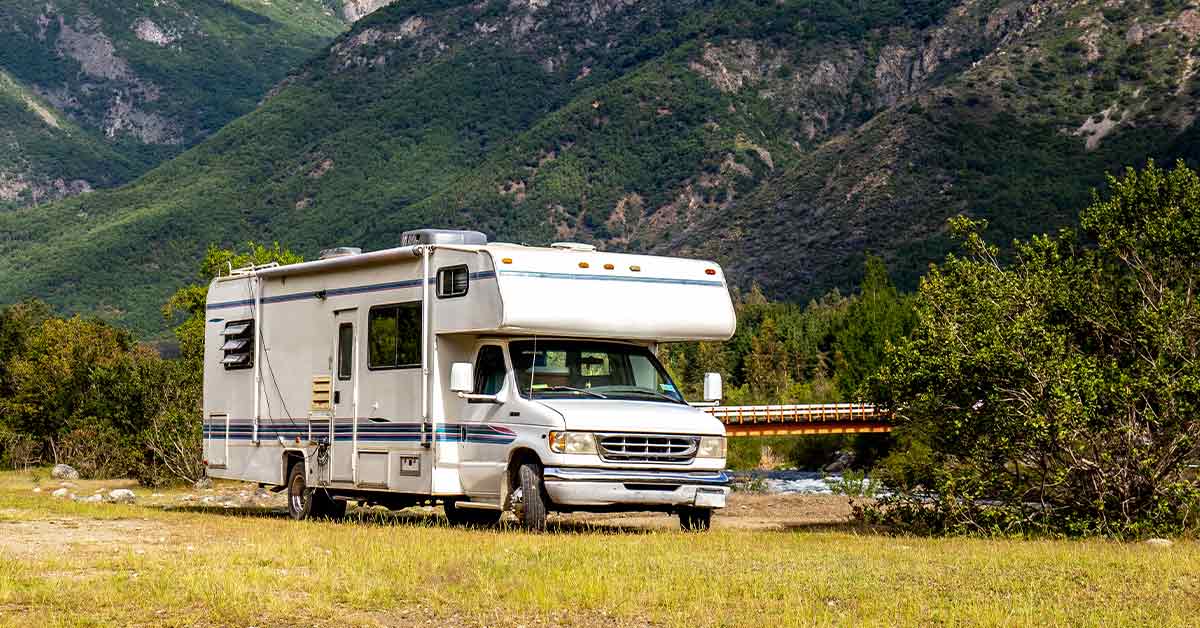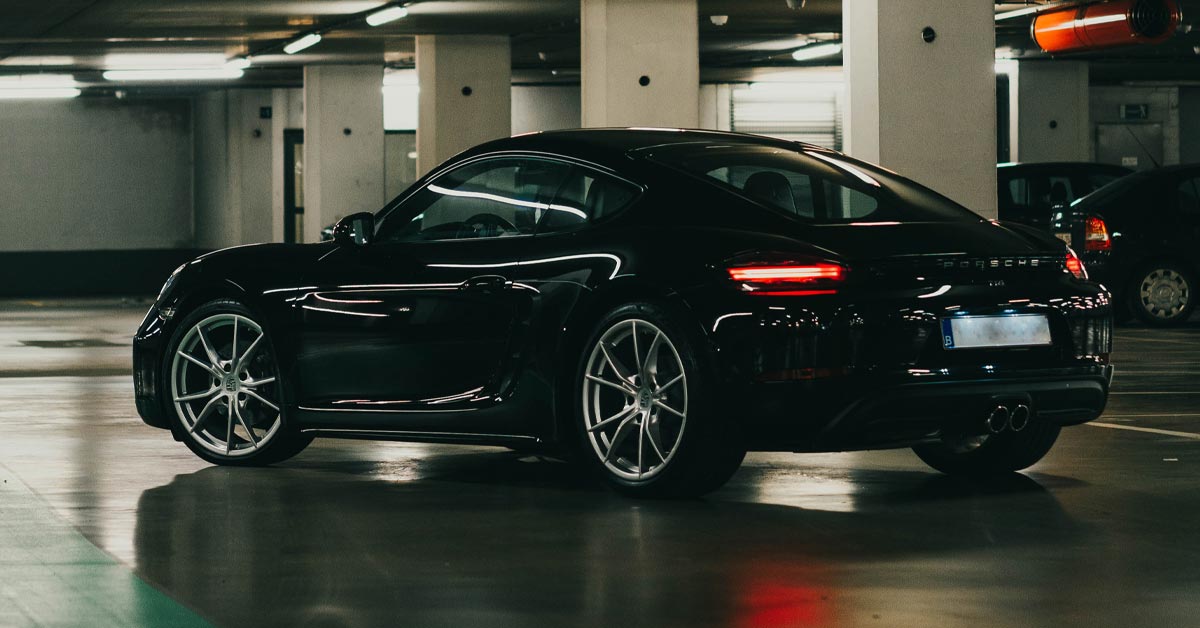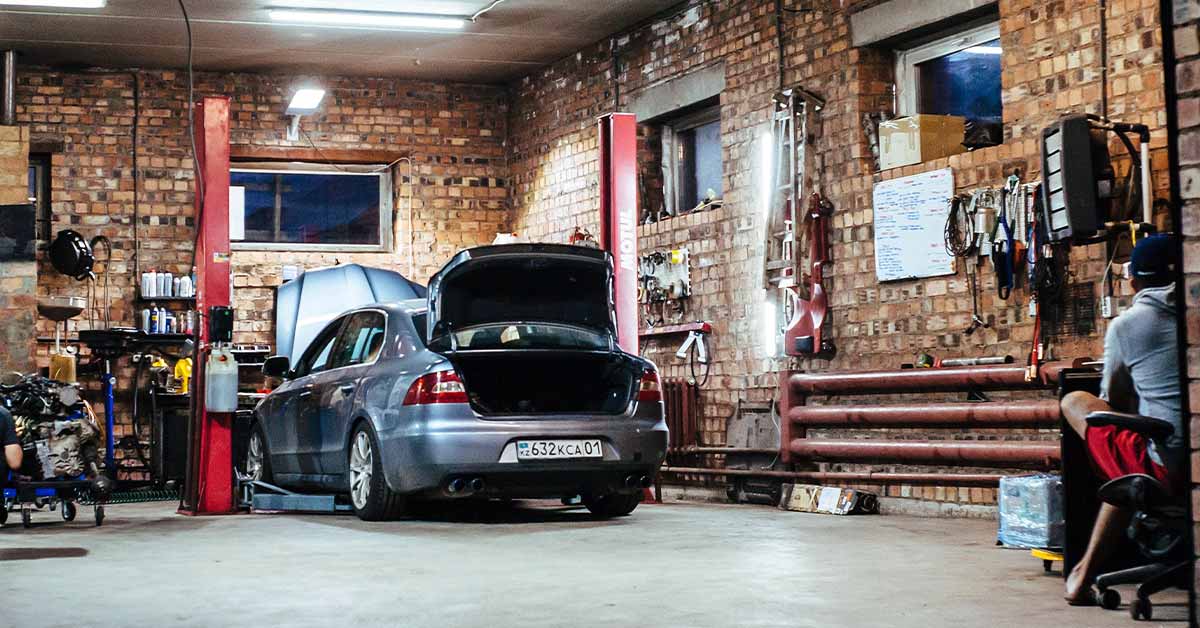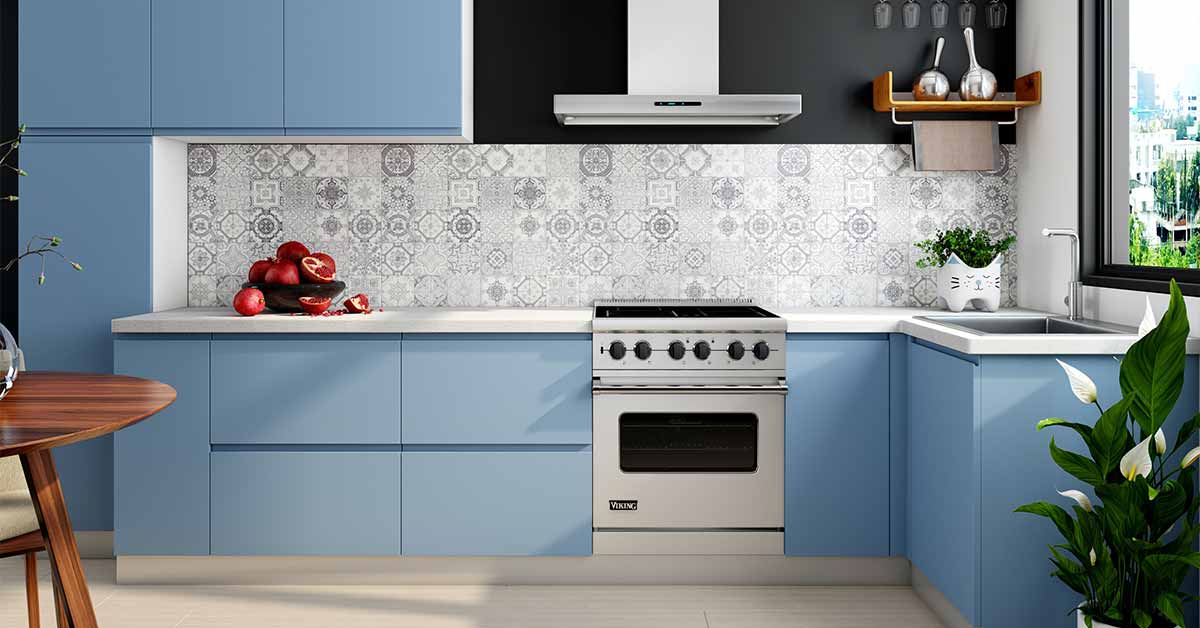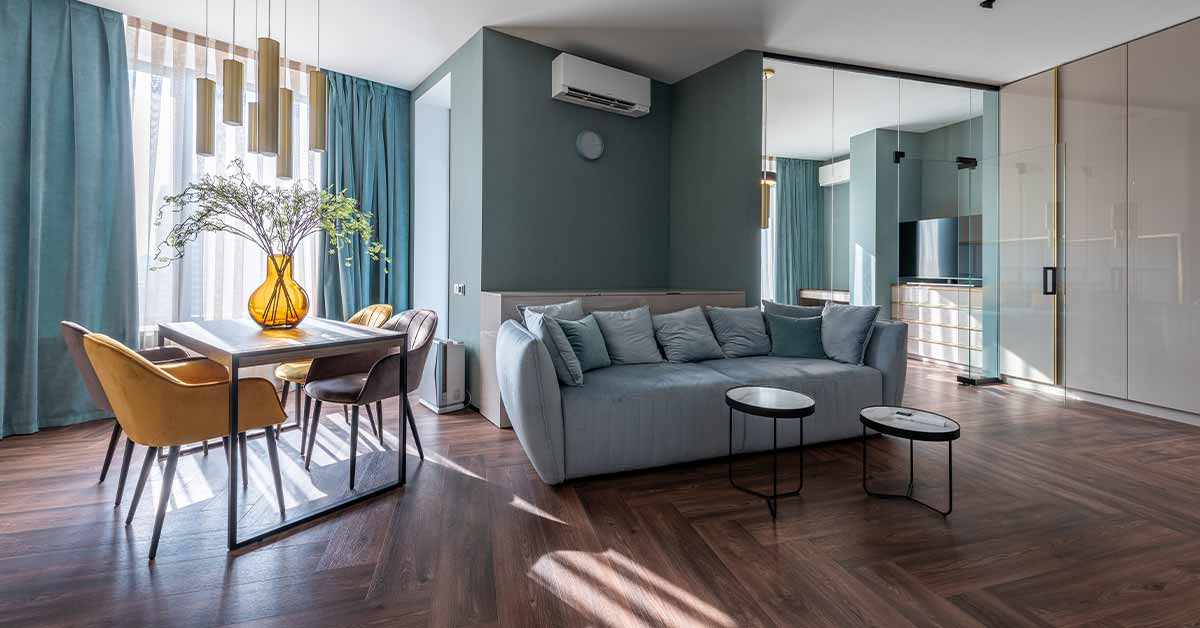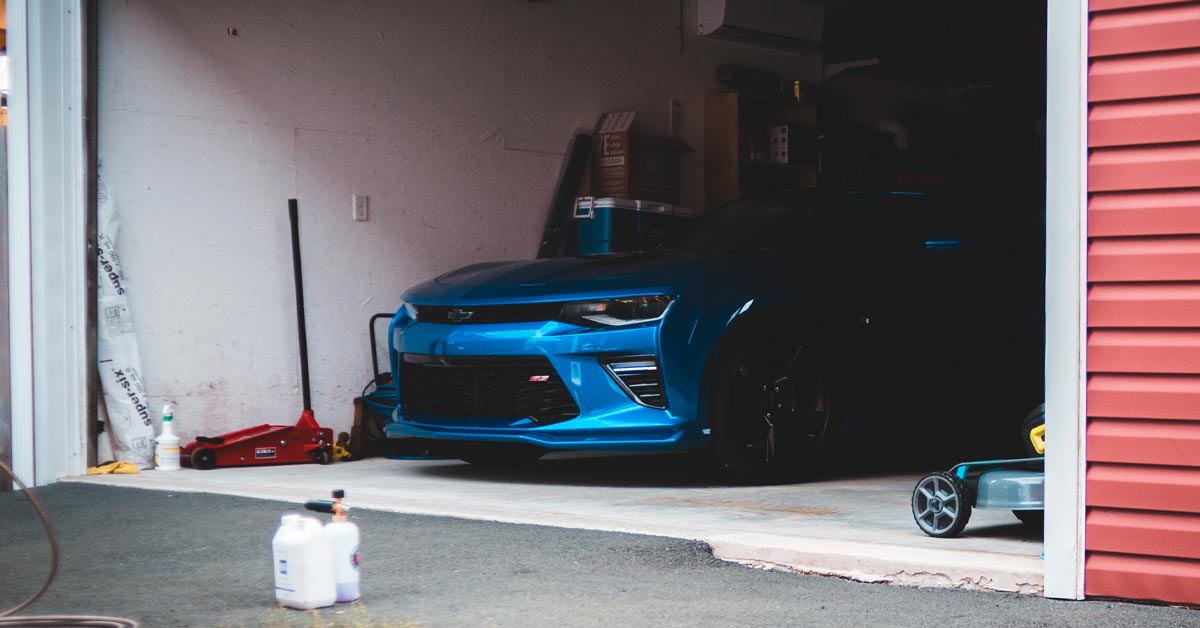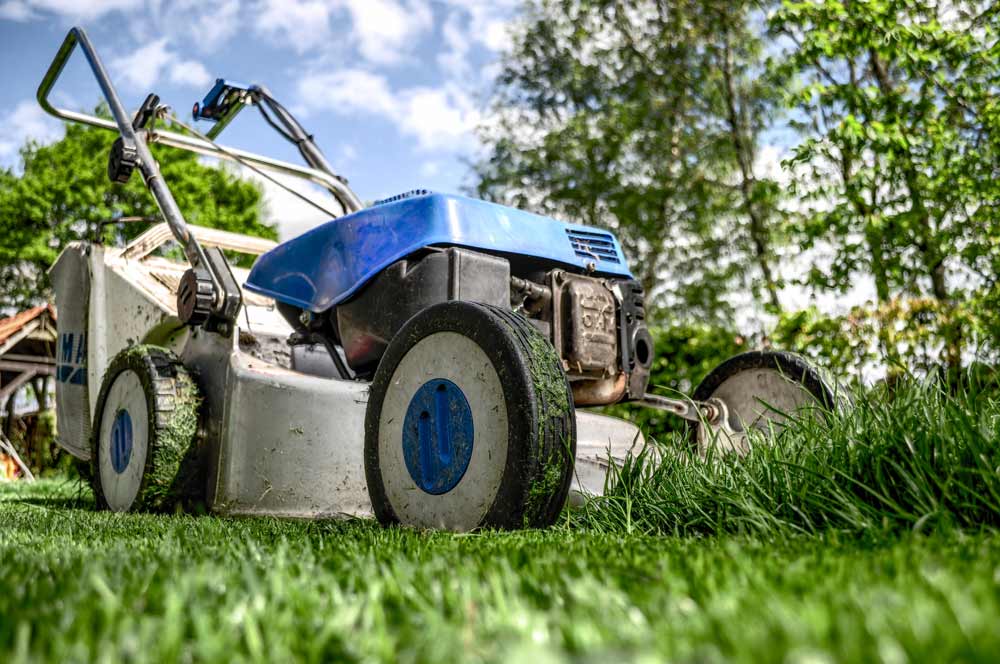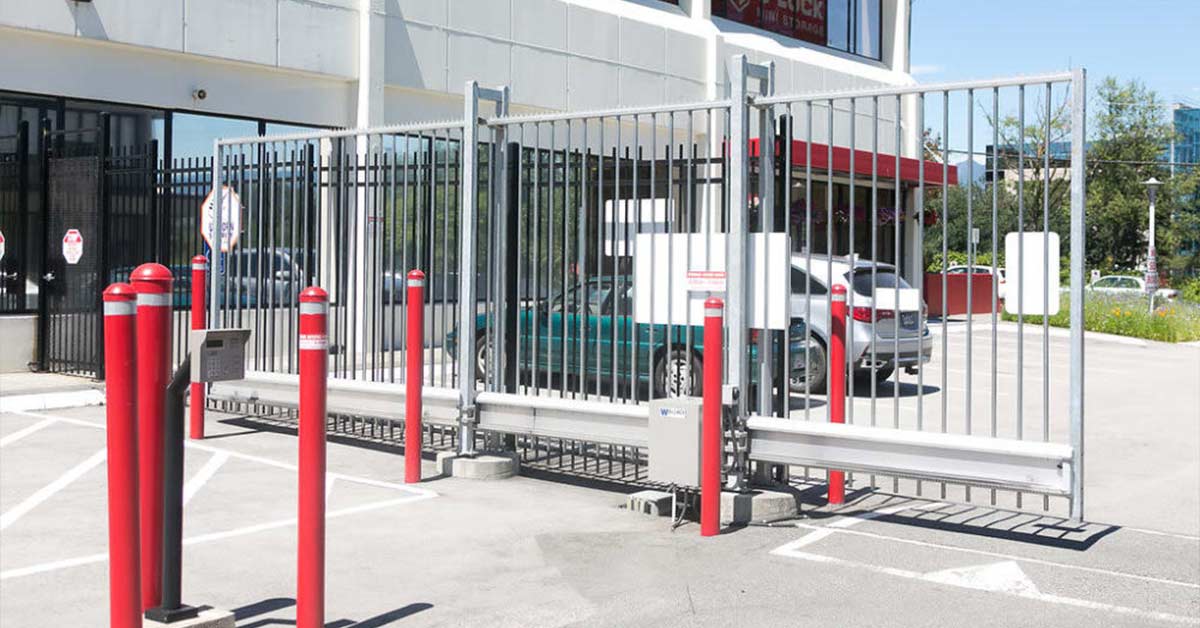Many RV owners want to learn how to winterize a camper without spending a ton of time and money in the process. Just make sure you do not skimp out on the process. Even if you are on a strict budget, you will want to winterize the RV correctly before putting it into any long-term storage during the cold season.
The main risk of leaving an RV to sit all winter long is the possibility of freezing. Plumbing systems are especially susceptible to freezing, and the resulting repair bills could cost you tons. Since there are so many RVs and so many different factors involved in winterizing campers, it is best to follow your user manual.
This RV storage guide is meant to act as a quick reference and checklist, so you know what to expect at the end of the camping season. If you are having trouble getting started, you can hire a plumber or another professional to help you complete this process. Without further ado, here are our best tips for RV storage.
Protect the Plumbing System from Freezing
Most RVs get their water in one of two ways: either through a freshwater tank or a city water hook up. The freshwater tank is usually hooked up to a water pump, which then flows through a water heater.
When winterizing an RV, you will want to make sure you get antifreeze into every water system except the water heater. By draining and then bypassing the water heater, you will save several gallons of antifreeze.
To winterize an RV, you’ll need:
- RV antifreeze
- Water heater bypass kit
Drain out existing water:
- Disconnect any outside water source connected to the city water hook up.
- Drain any holding tanks including the fresh water tank and the black and grey holding tanks.
- Drain any water heaters and drain lines.
- Bypass the water heater using a water heater bypass kit to prevent the heater from being filled with unnecessary antifreeze.
Add RV antifreeze:
- Add antifreeze to the inlet side of the water pump using a plastic tube.
- Turn on the water pump to feed the antifreeze into the system.
- Turn on and off each set of hot and cold water faucets throughout the RV until antifreeze comes out. Start at the highest faucet point and work your way down.
- Keep flushing the toilet until you see antifreeze.
- Once every faucet has been checked for the presence of antifreeze.
- Pour several cups of antifreeze down each drain.
- Reconnect the water line to the fresh water tank.
De-pressurize the system:
- Turn off the water pump and open a faucet again to release pressure.
- Make sure all faucets are closed after this process
Winterize the Inside of Your Camper
There are some things you will want to remove from your RV before storage and some things you will want to clean. Do not underestimate this next sequence of steps: the majority will help prevent rodents and other pests from making your camper their home. These steps will also help prevent unwanted odors, moisture build-up and damage. The cleaner, more streamlined the RV when put into storage, the better the next season will start up.
What to winterize inside your RV:
- Unplug any electronics or small appliances. Remove any batteries from remotes, smoke detectors and other devices and store elsewhere.
- Cover stove burners to help prevent spiders from getting inside.
- Remove all food and drink from the kitchen and throughout the camper.
- Remove all linens and have them laundered and stored offsite. Storing clean linens off-site will give you one less thing you have to do next season.
- Remove all valuables. The last thing you want is for your RV to get robbed and to lose expensive items.
- Thoroughly clean all appliances, cooktops, countertops and inside kitchen cabinets.
- Remove external propane tanks and store them elsewhere. Make sure to remove any propane tanks from inside the RV.
- To help deter rodents and pests, fill any holes with steel wool, aluminum foil or a mesh screen.
- As a precaution, leave an odor absorber like DampRid open inside of the RV during storage. These containers can be bought at most grocery stores, or you can make your own using baking soda and essential oils.
- Winterize any ice makers, mini fridges or washing machines as per the user manual. Make sure there is no standing water left inside the ice maker.
Take Care of the Exterior Components
Regardless of where you decide to store your RV, take some time to inspect the exterior. Anything that can be fixed should be fixed before leaving an RV out in the elements. Check the roof, inspect for areas of rust, and be sure everything is sealed correctly. In addition to this general inspection, consider the following steps for winterizing the RV’s exterior.
What to do to your RV’s exterior:
- To keep tires in good shape throughout storage, use jacks or opt to rotate the tires twice during the winter season or every couple months the RV is in storage.
- Consider investing in some tire covers to protect them from the sun.
- Close any roof vents, fix any leaks and make any necessary repairs.
- Remove awnings and store in a sheltered location.
- Shut any gas tank valves.
- Re-caulk and seal any gaps in the door and window seals.
- Wash and wax the exterior right before putting it into storage. If storing in the open, invest in a fabric cover to further protect the RV.
- Fill the exhaust pipe with aluminum foil or steel wool to deter pests from making a home inside. Check for any other holes that need to be filled.
- Avoid using any type of rodent poison. The pest might eat the poison then die inside the RV, and the odor will not be pleasant.
- Change the oil and add a new air filter.

